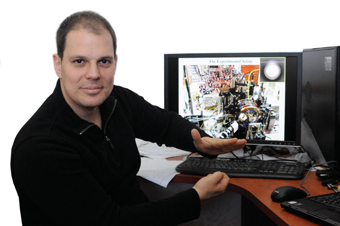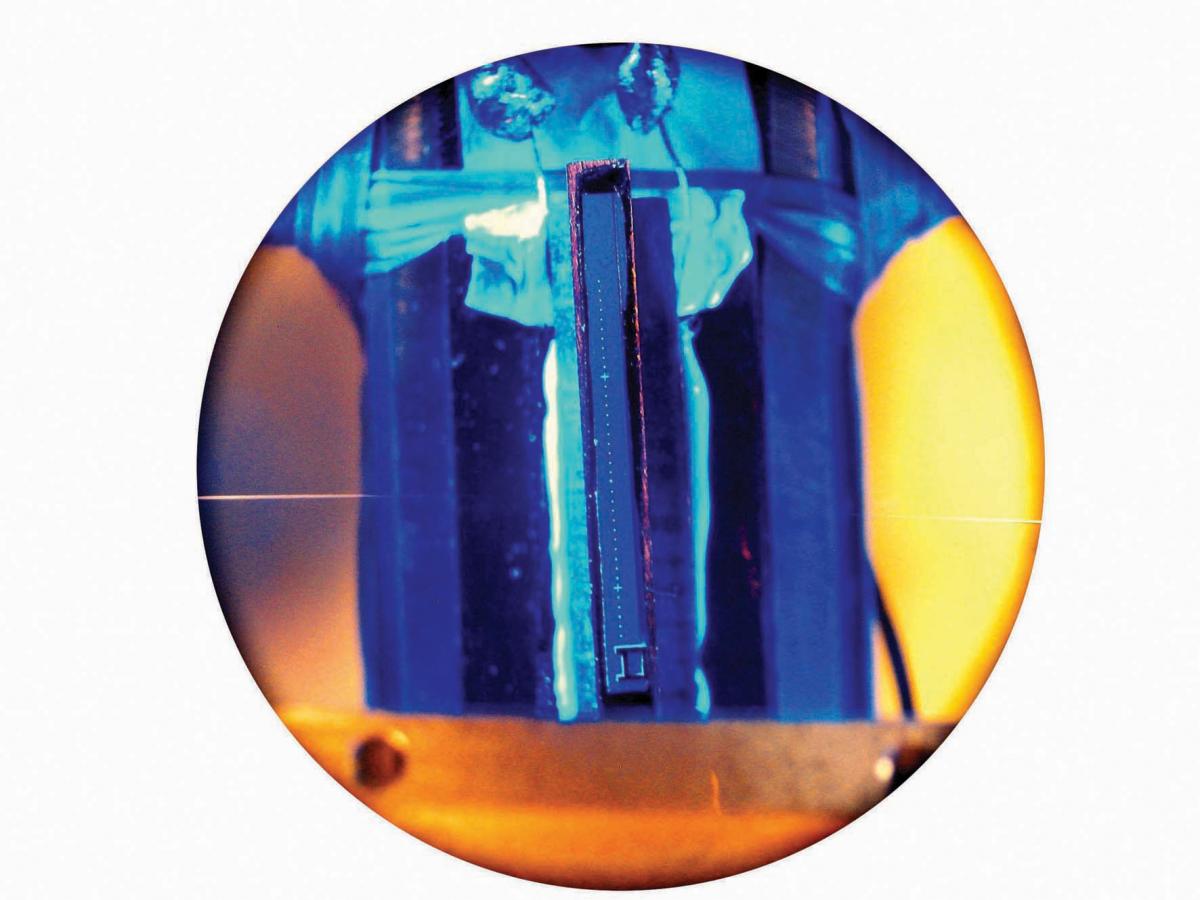Are you a journalist? Please sign up here for our press releases
Subscribe to our monthly newsletter:

“God doesn’t play dice with the world,” remarked Albert Einstein, referring to one of the pillars of quantum theory – randomness. In the quantum world, this property can take a unique twist: Two separate events may be random, yet perfectly linked. It’s as though dice rolled in two different cities always fall at the exact same instant on the same number. Einstein felt this should be impossible, but such “entangled systems” have been observed in a number of labs around the world.
Dr. Barak Dayan, who recently joined the Institute’s Chemical Physics Department, is attracted by the seemingly illogical nature of entangled systems. Though they fly in the face of intuition, such systems form the basis of quantum optics, a field that might revolutionize computing and communication sciences. Quantum information processing, as the new technology is called, will work in profoundly different ways from those that we’re used to. For instance, using entanglement, quantum computers could carry out parallel computations that are impossible in today’s conventional computers. Dayan compares such computing to scanning a large number of suitcases for a bomb. Rather than check them one at a time, a quantum setup could address the whole set of suitcases as an entangled system, revealing the location of the bomb after a drastically smaller number of trials.
But quantum entanglement shares a drawback with other quantum systems: Measurement (or any observation) affects the final result. In practical terms, this means that during the quantum process such systems must be strictly isolated to prevent interactions with the outside world – any such interaction could lead to information “leaking out.” In the systems Dayan devises, an atom is the “computer” and single photons (light particles) are the “input and output” – vehicles for transferring quantum information to and from the atom. “The minimalist design of the system curtails information escape,” he says.
The trick is to control every aspect of the interactions between the atoms and photons. To do this, Dayan gets a single atom to interact with a single photon. This is no trivial feat: Individual photons are quite weak and an exceptionally strong sensor is needed to discern them. And, if this were not enough, the lone atom the photon must aim for is an extremely tiny target. Dayan also means to control the outcome of this get-together – the exact path of the photon, whether the atom absorbs or scatters the photon, how it reacts to the information carried in the light particle, etc. He uses novel technology he helped to develop at the California Institute of Technology (Caltech), consisting of lasers and magnetic fields for manipulating the individual atoms and bringing them into contact with the photons, which are confined within tiny, chip-based ring-like resonators smaller than one-third the width of a human hair.
Dayan aims to investigate interactions between individual photons in which the atom acts as a go-between. This presents a great challenge, as photons normally don’t “speak” to one another. In his postdoctoral work at Caltech, Dayan used the atom-photon interaction in the resonator to create a “revolving door.” Photons could enter the resonator singly, in pairs or threesomes, but they had to leave in single file, one at a time. This study, which appeared in Science, is one of the very few demonstrations to date of interactions between single photons.
An understanding of how to let single photons interact with one another could lead to all-optical switches. In such a switch, one photon could signal to the others “wait a sec, I’m going through.” More importantly, such atom-mediated photon-photon interactions could serve as the basis of logic gates for quantum computers.

Dr. Barak Dayan’s research is supported by the estate of David Guerchenson.